When to make an insurance claim
With the understanding that insurance companies don’t like people who have made a lot of claims, it is very important to be careful about when a claim is made.
All property and casualty insurance companies send information on submitted claims made on insurance policies as well as losses paid by the insurance company to a huge seven-year database managed by the “Comprehensive Loss Underwriting Exchange” or CLUE. This information collected from both home and automobile losses includes the date of the loss, amount paid by the insurance company, location, and details of the loss. Insurance companies also consult the CLUE database to get the claims history on potential new clients applying for insurance with the company or on a particular property to be insured.
Most businesses are in business to make a profit, and insurance companies try to avoid policy holders who will not be a good risk. People who have a history of a few high dollar claims or many small dollar claims are selectively avoided. Prospects who are “red flagged” for these reasons are either denied insurance by the insurance company that has been applied to or the premium that is charged will be higher than what is charged to a prospective client with a “clean” record. Persons with a bad claims record may be forced to go to a subprime company that specializes in high-risk clients and be charged a much higher premium.
As a general rule, most insurance companies do not like insuring clients who have had 3 or more claims over a rolling 36-month period.
As I said to start this piece, insurance companies don’t like people who have made a lot of claims, so it is very important to be careful about when a claim is made. Insurance is best used for catastrophic losses like a home being damaged or destroyed by a storm or fire or in the event of an automobile accident with significant injuries, loss of life, or serious damage to a vehicle or vehicles. In cases like these, a claim should be made, and the insurance company is prepared to pay what is needed up to the limits of the policy.
But what about a fender bender, or a leaking roof, or trees are blown down in your yard?
Let’s first talk about the deductible, which is the portion of the damages the insured is required to pay based on the terms of their policy. As most people know, the higher the deductible on a policy, the cheaper the premium; and a lot of people get excited by a cheaper premium. But the downside is in the event of a loss, the bigger the check the insured is required to pay to cover the loss. A lot of people don’t maintain an emergency fund to be able to cover a high deductible, so the “lower deductible/higher premium” option is what they choose.
Deductibles are an asset because they allow the insured to have a lower premium with higher limits of insurance which may be necessary to insure against a large loss. In addition to a lower premium, another advantage of a higher deductible is the insured will not be able to make claims for smaller, minor losses.
In the event of a loss, the first thing to do is to get an estimate to repair the damage by a professional service person. Do not call your insurance company to ask an adjuster to look at the problem because the insurance company will remember that you suffered a loss, and it may go on your record even if you don’t make a claim. If the estimate to repair the damage is less than your deductible, you’ll have to repair the damage yourself. If the estimate is more than the deductible and you do not have a sizable amount of cash reserves, then make a claim.
Choose the deductible based on the size of your emergency fund. In the event of a loss – if you have a sizable amount of cash reserves -- pay for the loss from your reserves. For my clients who are able, my recommendation is to consider making a claim if the damage is more than twice the deductible.
In the event of an automobile accident and you are not at fault and the at fault driver has a good insurance company, be slow to make a claim on your insurance. Make your claim on the at fault driver’s insurance and allow the claims process to play out with that company. If you are not satisfied with the at fault driver’s insurance, then you can make a claim against your insurance company. Your insurance company should take care of all your damages and the other losses incurred. Then your insurance company will subrogate the amount paid out for you to the at fault drivers insurance company. That means your insurance company will reach out to the other insurance and request repayment for the incurred expenses.
In the long run, you never want to make a claim against an insurance policy unless you feel like you must.
If you have any questions or would like to have a conversation, please don’t hesitate to reach out to me.
